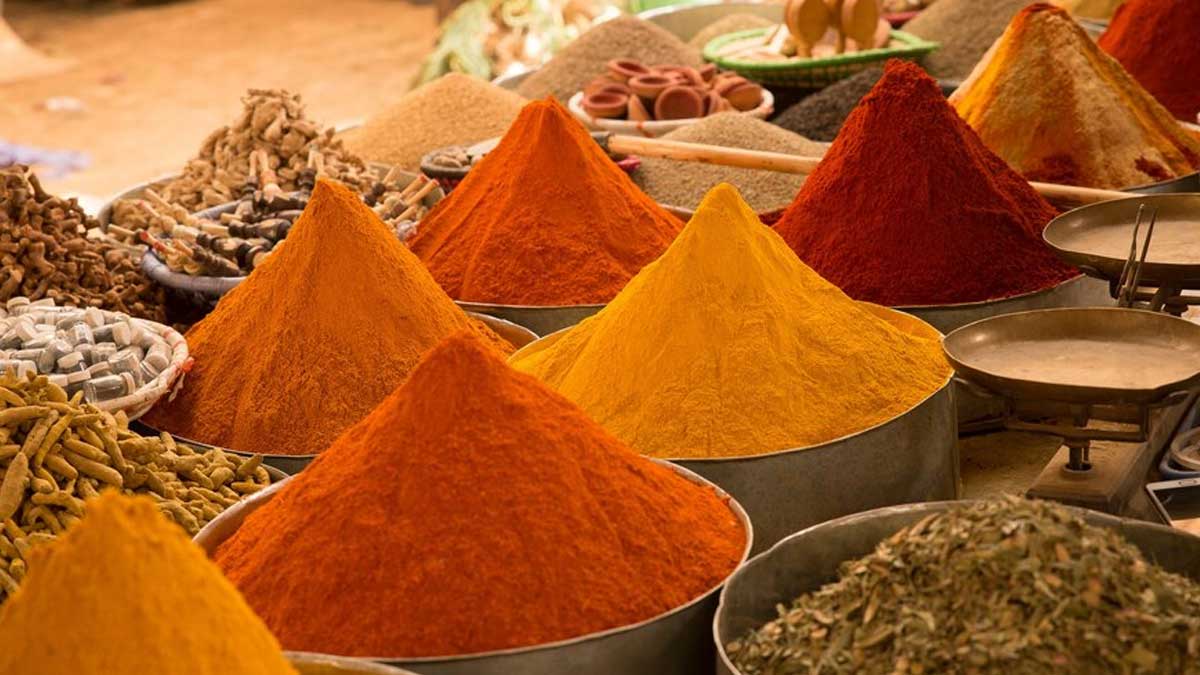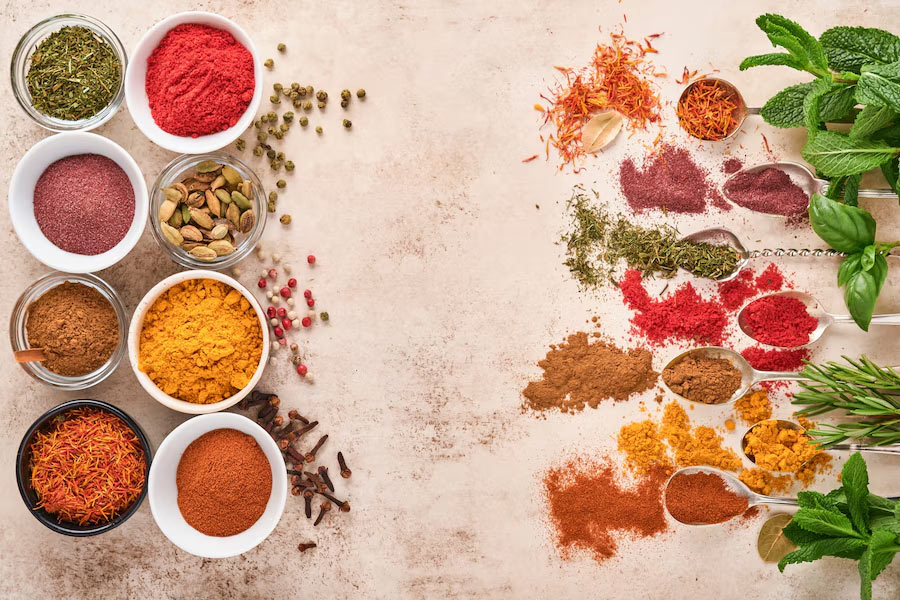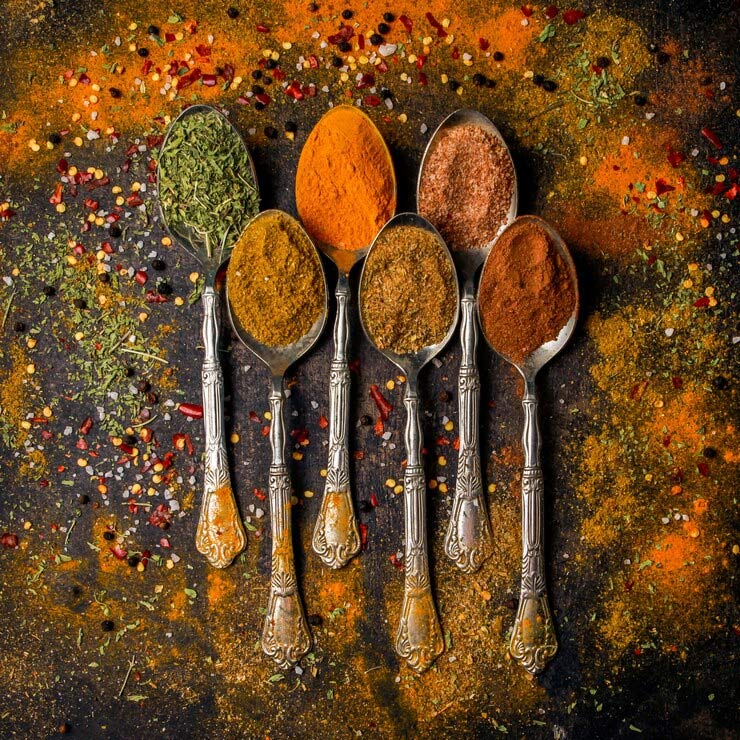
Delhi Police Seizes 15 Tonnes of Adulterated Masalas; Here's How To Check Your Masalas Are Fake Or Real
Masalas, or spice blends, are an integral part of many cuisines, adding depth, flavour, and aroma to dishes. Delhi Police recently exposed a big operation that involved the manufacturing and distribution of fake spices in the Karawal Nagar area of northeast Delhi. During raids on two factories, authorities seized 15 tonnes of adulterated spices. Three individuals, including the owners of these facilities, have also been arrested in this case.
The Deputy Commissioner of the Police Crime Branch said, “The recoveries included rotten leaves and rice, spoiled millets, wood dust, chilli heads, acids, and oils used in producing counterfeit products.”
With such news, the authenticity of food products, including masalas (spices), can sometimes be questionable. Fake masalas not only compromise the flavour of your dishes but can also pose health risks due to adulteration with harmful substances. Therefore, it's crucial to know how to distinguish between real and fake masalas. Here are some effective ways to identify whether the spices you buy are fake or real:
1. Check for Authentic Packaging
Authentic masala brands invest in quality packaging. Look for sealed packets or containers with clear labelling, including the brand name, manufacturing date, expiry date, and ingredients list. Any signs of tampering, such as broken seals or unclear labelling, should raise red flags.
2. Examine the Colour and Texture

Different spices have distinct colours and textures. Familiarise yourself with the typical appearance of the masalas you use regularly. If a spice appears unusually vibrant or lacks its characteristic texture, it might be a sign of adulteration or artificial colouring.
1
2
3
4
3. Perform a Taste Test

Tasting a small amount of the spice can help confirm its authenticity. Real spices have a robust and natural flavour, whereas fake ones might taste bland, bitter, or overly strong due to added fillers or synthetic additives.
Don't miss: Easy Storing Tips For Indian Masalas For A Long Time
4. Water Dissolving Test
To check whether your purchased masala is real or fake you can conduct a water dissolving test.
Red Chilli Powder: To conduct this test, simply mix a small amount of the red chilli powder in water and observe it. If the spice dissolves completely without leaving any residue, it's likely authentic. However, if there's sediment or undissolved particles, it could indicate adulteration.
Turmeric Powder: Turmeric powder is derived from a root that looks similar to ginger but has a distinctive yellow colour. An easy way to verify the authenticity of turmeric powder is by dissolving a pinch in water. If the powder contains yellowish flecks that float on top, it is likely not made from real turmeric.
Don't miss: 3 Sustainable Ways to Reuse Food Scraps
5. Check for Certification
Look for quality certifications or seals of approval from reputable agencies or organisations. These certifications indicate that the masala has undergone quality testing and meets safety standards. Examples include FSSAI (Food Safety and Standards Authority of India) certification or ISO (International Organization for Standardization) accreditation.
For more such stories, stay tuned to HerZindagi.
Image credit: Freepik
1
2
3
4